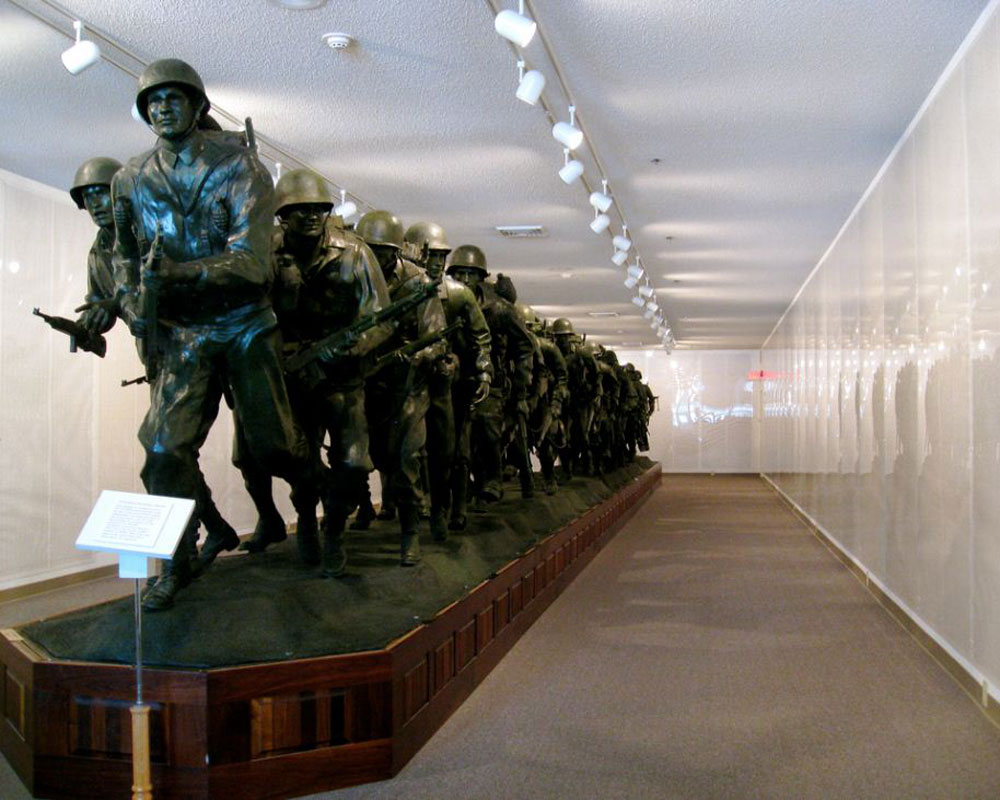By the Numbers: 5 Cultural Facts About Veterans

Today, Veterans Day, men and women in uniform are being honored for the service to the country. Here are five things you might not know about veterans.
1. They've been honored on Nov. 11 for nearly 100 years
As the Civil War was winding down, President Abraham Lincoln called on Americans in his second inaugural address "to care for him who shall have borne the battle and for his widow, and his orphan." While returning and fallen servicemembers have long been revered in the United States, Veterans Day was only established as a national holiday in 1919, though at the time it was called Armistice Day, celebrating the anniversary of the end of World War I.
In 2013, there are no longer any living World War I vets among us. A woman named Florence Green was considered the last surviving World War I veteran. Green was a waitress with the Women's Royal Air Force at an air base in England. She died in 2012. [Flying Saucers to Mind Control: 7 Declassified Military & CIA Secrets]
2. Thousands of their personal stories are preserved
Diaries, video interviews, photos and even artwork from veterans are maintained in an archive at the Library of Congress. The Veterans History Project of the American Folklife Center aims to collect, preserve and make accessible veterans' personal stories from as far back as World War I to more recent conflicts in Iraq and Afghanistan. Right now, only 10 percent of the collection is digitized and freely available to the public online. Some of those stories and photos from the frontlines can be found here.
3. More than a million of them are female
Get the world’s most fascinating discoveries delivered straight to your inbox.
According to the U.S. Census Bureau, there were 1.6 million female veterans in the nation in 2012. That's still a small proportion of the 21.1 million total veterans in the nation. But more and more opportunities have been opening up for women to serve in the military. Earlier this year, the Pentagon lifted its long-standing ban on women in combat.
Having more female soldiers also means researchers have the chance to study how war impacts men and women differently. A study published in 2009 found that female veterans were less likely to report pain than their male counterparts after returning from the conflicts; a Gallup poll in 2012 found that female veterans were more likely than male veterans to rate their lives as "thriving" (54 percent vs. 44 percent, respectively). At the same time, research looking at the general population has found that women may be more likely to develop post-traumatic stress disorder, or PTSD, and researchers are trying to figure out how gender might play a role in the mental health of soldiers.
4. Millions still suffer from the wounds of war
In 2012, there were 3.6 million veterans with a service-connected disability — a disease or injury that was incurred or exacerbated during active military service — according to Census Bureau data. The severity of a veteran's impairment is rated on a scale of 0 to 100 percent, which affects the amount of compensation they receive from the military. Of all the servicemembers with disabilities, 881,981 had a rating of 70 percent or higher, according to the Census Bureau. Many of these wounds of war include ailments that might not be immediately obvious to outsiders, such as fatigue and chronic pain as well as mental health issues like PTSD, depression and alcohol abuse.
5. They turn out on Election Day
The Census Bureau says 70 percent of veterans — or 14.7 million of them — voted in the 2012 presidential election. That's much higher than the 61.8 percent of all eligible voters who cast their ballot in 2012. Veterans also skew Republican. Gallup found that in 2012, veterans backed Mitt Romney over Barack Obama for president by 58 percent to 34 percent, and in 2008 they solidly supported one of their own, Sen. John McCain, who served during the Vietnam War.
Follow Megan Gannon on Twitter and Google+. Follow us @livescience, Facebook & Google+. Original article on Live Science.



